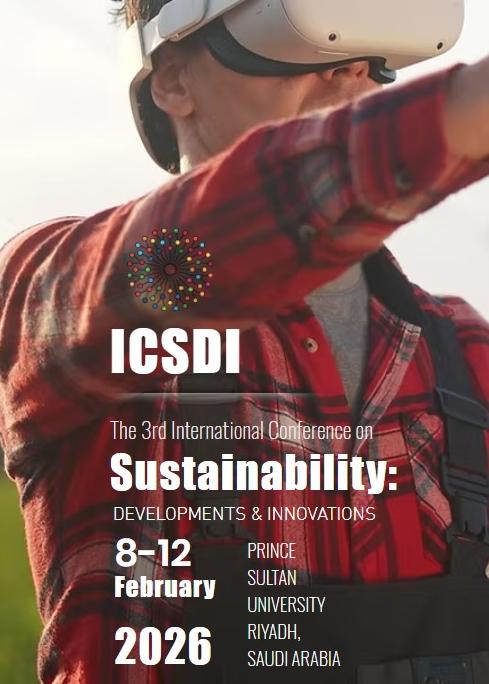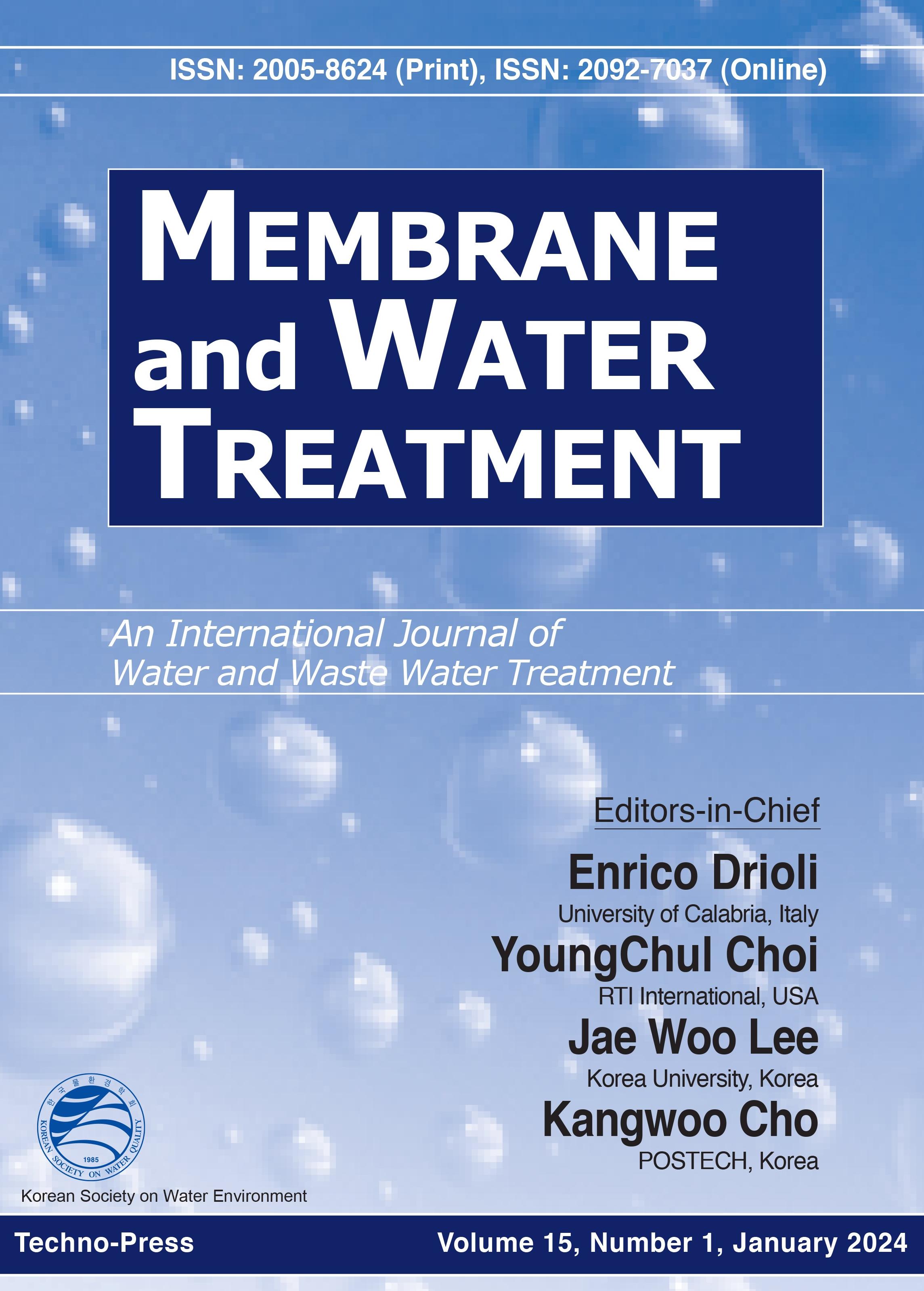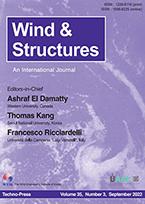47th ISTANBUL International conference on “Science, Engineering, Technology & Natural Resources” (SETNR-25) Dec. 15-17, 2025 Istanbul (Türkiye)
SETNR-25
- URL: https://fenp.org/conference/331
- Event Date: 2025-12-15 ~ 2025-12-17
- Submission Date: 2025-12-01
- Organizer: FENP
- Location: Istanbul, Turkey
Materials Engineering Ceramic Engineering Chemical & Material Sciences (General) Computer Vision & Pattern Recognition Engineering & Computer Science (General) Materials Engineering Aviation & Aerospace Engineering Power Engineering Structural Engineering Textile Engineering
Call for papers/Topics
Topics of interest for submission include any topics related to:
I. Foundational Sciences for Natural Resources
- Earth Sciences:
- Geology and geophysics for resource exploration (minerals, groundwater, geothermal).
- Hydrology and hydrogeology for water resource assessment and management.
- Climatology and atmospheric science for understanding climate impacts on resources.
- Oceanography for marine resource assessment and protection.
- Soil science and pedology for sustainable land management.
- Biological Sciences:
- Ecology and ecosystem science for biodiversity conservation and ecosystem services.
- Conservation biology and genetics for endangered species protection.
- Microbiology and biotechnology for bioremediation and resource recovery.
- Botany and zoology for understanding species interactions and resource dependence.
- Chemistry and Materials Science:
- Green chemistry for sustainable processes and pollution prevention.
- Analytical chemistry for environmental monitoring and pollutant detection.
- Development of novel materials for energy, water treatment, and sustainable construction.
- Biomaterials and bio-inspired materials for resource efficiency.
II. Engineering Solutions for Natural Resource Challenges
- Environmental Engineering:
- Water and wastewater treatment (advanced processes, resource recovery from waste streams).
- Air pollution control technologies and emissions reduction.
- Solid and hazardous waste management and valorization (waste-to-energy, recycling).
- Environmental remediation of contaminated sites (soil, water).
- Pollution prevention and industrial ecology.
- Civil & Infrastructure Engineering:
- Sustainable infrastructure design and construction (green buildings, resilient structures).
- Water resource engineering (dams, irrigation, flood control, stormwater management).
- Transportation infrastructure with reduced environmental impact.
- Coastal engineering and adaptation to sea-level rise.
- Chemical & Process Engineering:
- Sustainable chemical processes and industrial efficiency.
- Biofuel and biorefinery engineering.
- Catalysis for cleaner production and energy conversion.
- Process intensification and circular economy principles in industry.
- Energy Engineering:
- Renewable energy systems (solar, wind, geothermal, hydro, bioenergy).
- Energy storage technologies (batteries, hydrogen, thermal).
- Smart grids and energy management systems.
- Energy efficiency and conservation in various sectors.
- Mining & Metallurgical Engineering:
- Sustainable mining practices and reclamation.
- Efficient extraction and processing of critical raw materials.
- Reducing environmental footprint of extractive industries.
- Resource recovery from mining waste.
- Agricultural & Bio-Systems Engineering:
- Precision agriculture and smart farming for optimized resource use (water, nutrients).
- Sustainable irrigation systems.
- Biomass production and conversion technologies.
- Agricultural waste management and valorization.
III. Cutting-Edge Technologies for Resource Management
- Artificial Intelligence (AI) & Machine Learning (ML):
- AI for environmental monitoring, prediction, and modeling (e.g., climate, water quality).
- ML for optimizing resource allocation and predicting resource availability.
- AI for smart agriculture and precision forestry.
- AI for risk assessment and disaster prediction related to natural resources.
- Internet of Things (IoT) & Sensor Networks:
- Real-time monitoring of air, water, and soil quality.
- Smart sensors for water management, irrigation, and leak detection.
- IoT for smart cities and sustainable infrastructure management.
- Wildlife tracking and conservation monitoring.
- Remote Sensing & Geospatial Technologies (GIS):
- Satellite imagery and drone technology for environmental mapping and land-use change detection.
- GIS for natural resource planning, conservation, and impact assessment.
- Monitoring deforestation, water bodies, and ecosystem health from space.
- Big Data Analytics:
- Processing and interpreting large environmental datasets for decision-making.
- Pattern recognition and anomaly detection in environmental data.
- Robotics & Autonomous Systems:
- Drones for environmental monitoring, afforestation, and precision spraying.
- Robots for hazardous waste clean-up and environmental inspection.
- Autonomous vehicles for sustainable logistics.
- Biotechnology & Nanotechnology:
- Engineered microbes for bioremediation and biofuel production.
- Nanomaterials for water purification, catalysis, and sensing.
- Synthetic biology for sustainable production of chemicals and materials.
- Digital Twins:
- Creating virtual replicas of natural resource systems (e.g., river basins, forests) for simulation, optimization, and predictive management.
- Digital twins for urban infrastructure and smart grids.
- Blockchain Technology:
- Ensuring transparency and traceability in natural resource supply chains.
- Carbon credit tracking and environmental compliance.
IV. Integrated Approaches & Cross-Cutting Themes
- Sustainable Development Goals (SDGs):
- Contributions of science, engineering, and technology to achieving specific SDGs (e.g., clean water, affordable energy, responsible consumption).
- Integrated assessment of SDG progress.
- Circular Economy Principles:
- Designing systems that minimize waste and maximize resource utilization across industries.
- Policy and business models for circularity in natural resource management.
- Climate Change Mitigation & Adaptation:
- Technological solutions for reducing greenhouse gas emissions.
- Engineering for climate resilience in infrastructure and ecosystems.
- Climate modeling and scenario planning.
- Resource Governance & Policy:
- Science-policy interface in natural resource management.
- Legal and regulatory frameworks for sustainable resource use.
- Economic instruments and incentives for green technologies.
- Ecosystem Services & Natural Capital:
- Valuation and mapping of ecosystem services.
- Engineering solutions for enhancing natural capital.
- Human-Environment Interactions:
- Social and ethical implications of new technologies in natural resource management.
- Community engagement and indigenous knowledge in conservation efforts.
- Environmental education and public awareness for sustainability.
- Risk Assessment & Disaster Management:
- Technologies for predicting, monitoring, and mitigating natural hazards.
- Building resilience in communities and infrastructure.














